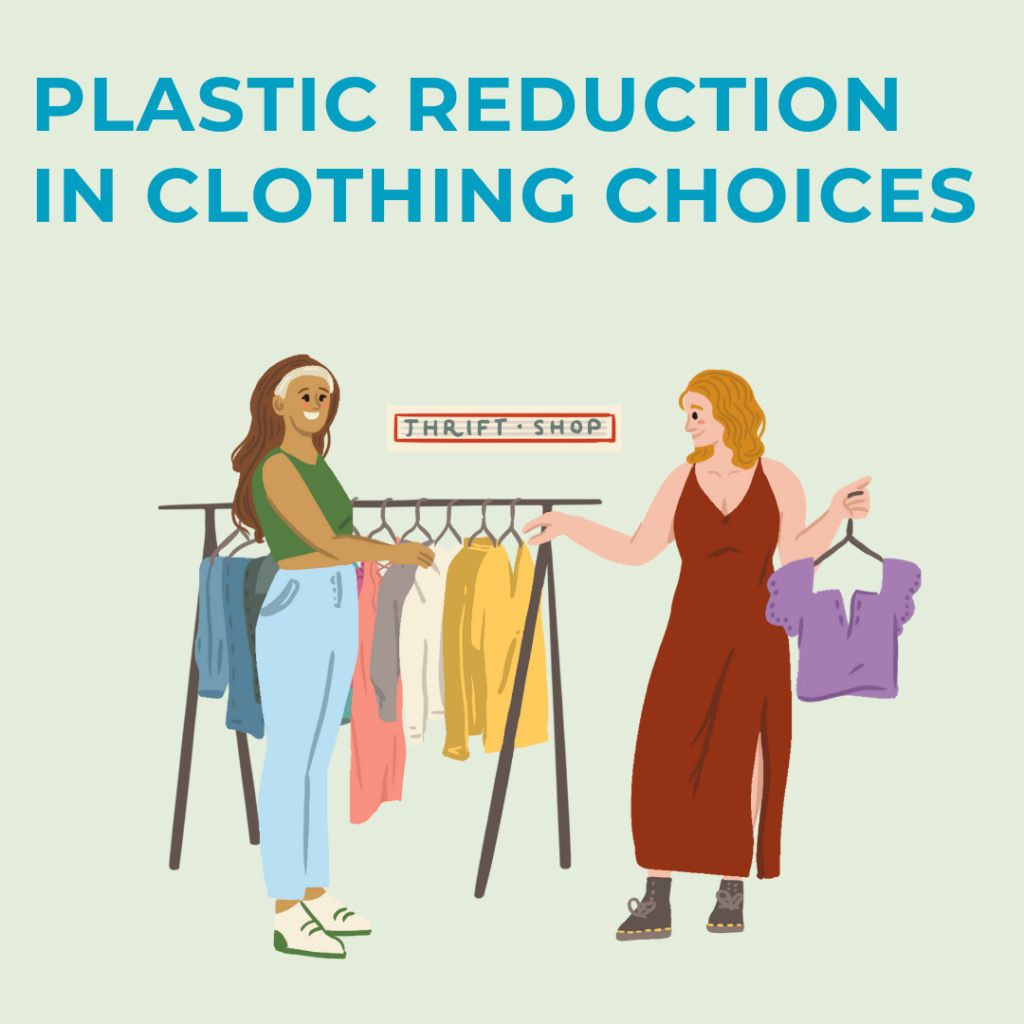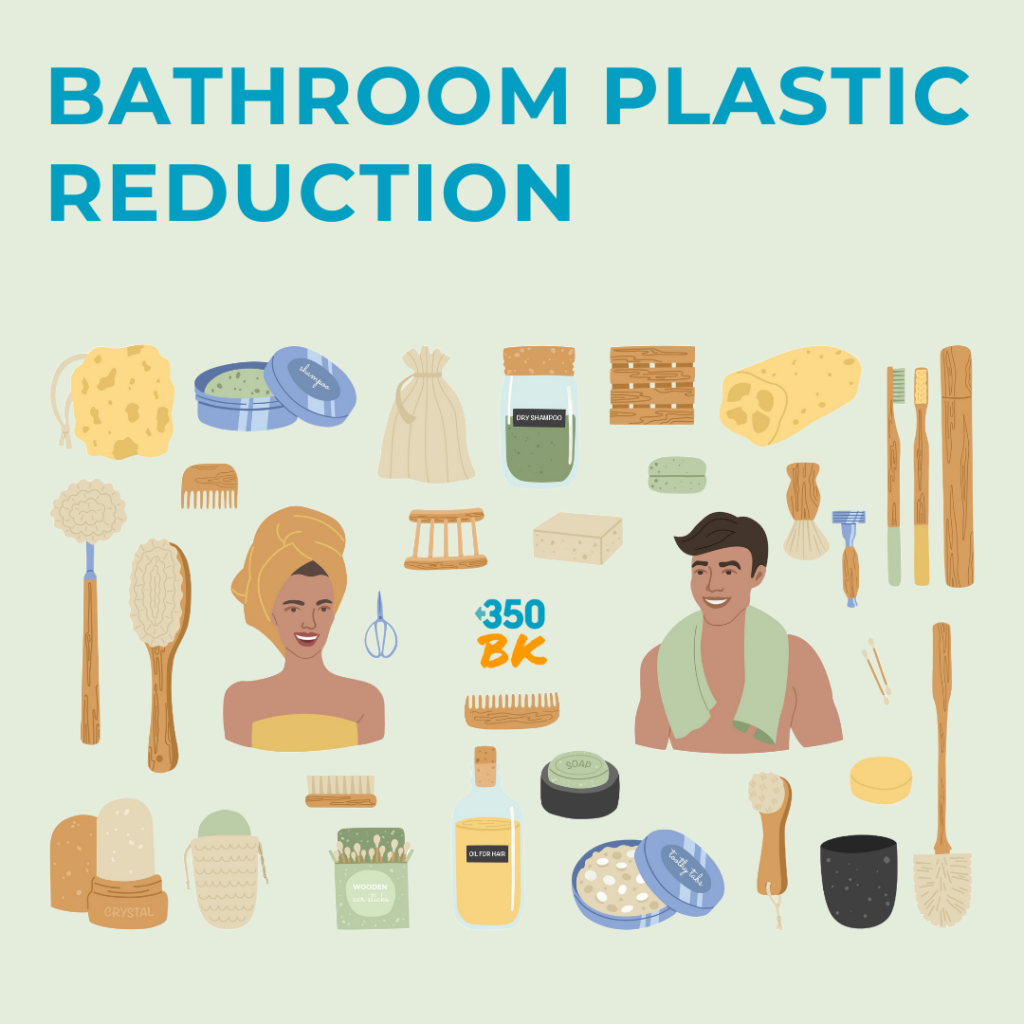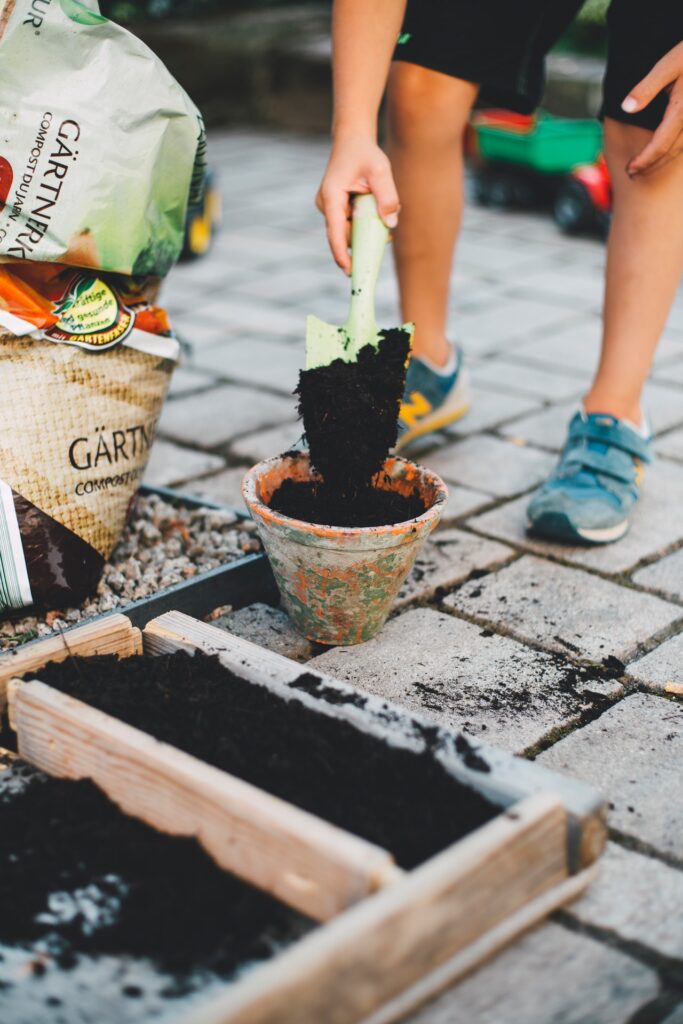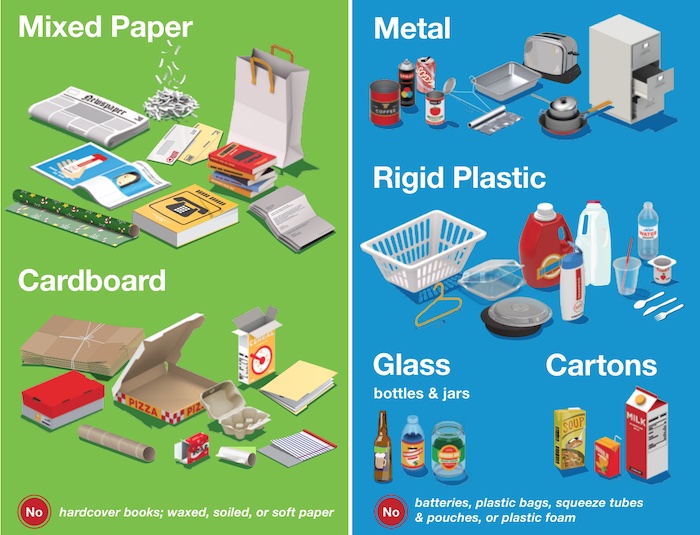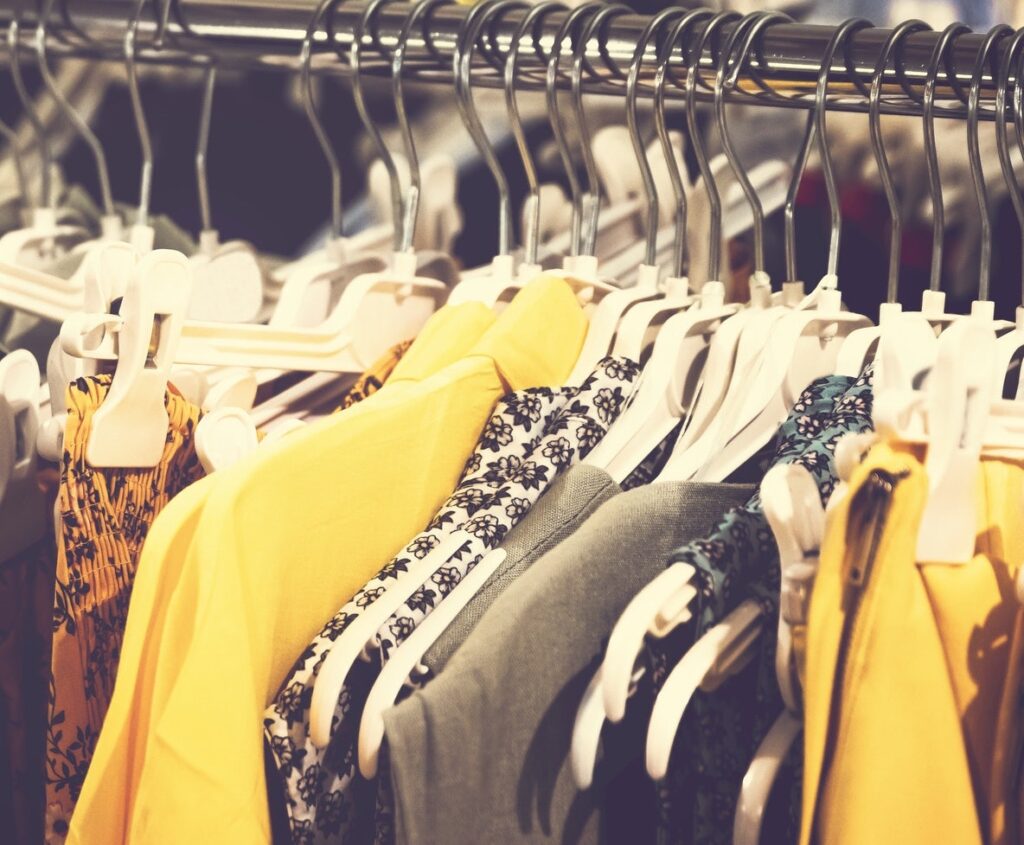There’s a direct connection between your energy use and the environment.
Homes and commercial buildings consume 70% of the energy used in New York City. When you adjust your lifestyle to be more energy efficient at home, you consume less power to do the same jobs. That means reducing your home’s energy waste and toxic waste produced by power plants, all while conserving natural resources and saving money. We’ve put together some tips to help raise awareness of how home energy is used, where it is often wasted, and practical guidance that you can strive to incorporate into your daily routine.
20 Tips To Make Your Home More Energy Efficient
- Unplug appliances and electronic devices when not in use. About 75% of devices in the average home are always drawing small amounts of electricity, even if they aren’t in use or have been turned off.
- Change your light bulbs to LEDs. LED lights are up to 80% more efficient than traditional lighting such as fluorescent and incandescent lights. 95% of the energy in LEDs is converted into light and only 5% is wasted as heat.
- Don’t leave your mobile phone plugged in overnight. It only takes a couple of hours to charge.
- During the warmer months, close blinds, shades and drapes to help keep your home’s temperature cooler and reduce the need for air conditioning. During colder months, open shades to let the sunlight warm your home and reduce the need for heat.
- Install a programmable thermostat to enhance heating and cooling efficiency and minimize cost. Be mindful of heating and cooling settings when sleeping or when no one is home.
- Air seal, then insulate your home. Most heat loss or unwanted heat gain happens through the air. Have a professional come to your home to perform an energy audit and tell you where air is leaking from. This is usually from cracks and gaps in your home’s attic, foundation, walls, and windows. Once you’ve sealed your home, then insulate it. You can save up to 10% on your heating and cooling costs and will be much more comfortable on hot and cold days.
- Opt for a smart TV for streaming rather than a gaming console. Gaming consoles use 45% more power for streaming videos and are very inefficient at adjusting power use for the task at hand.
- Wash your clothes on a cold water setting and hang dry rather than using the machine dryer.
- Turn off heated dry on your dishwasher and air dry dishes and utensils instead.
- Set your refrigerator temperature to the manufacturer’s recommendation to avoid excessive cooling and energy waste.
- Turn off the oven a few minutes before cooking time runs out. Your food will continue to cook without using the extra electricity.
- Cover your pots and pans for recipes that allow it. Your food will cook more quickly and this generates a higher temperature allowing you to turn down the stove.
- Don’t leave bathroom or kitchen ventilation fans running longer than necessary.
- Clean or replace all filters in your home regularly. Obstructed filters can make your systems work harder and run longer than necessary.
- Opt for using ceiling fans which help to circulate air around the house and cost mere cents per day to power – much less than the cost of running an air conditioner.
- If you can, install a heat pump hot water heater. It works just like heat pump HVAC units and will eliminate the need for gas or oil. If a heat pump hot water heater isn’t feasible (they can be bulky, which doesn’t always work with New York homes), install a tankless water heater. Tankless water heaters produce hot water on demand rather than continuously keeping it hot, thereby using much less energy.
- Place a bottle filled with sand or similar water-resistant dense object in your toilet tank. By displacing tank water you reduce the amount of water needed to get the same flush pressure and can conserve up to half a gallon water per flush.
- Install all-electric heat pumps instead of traditional heating and cooling units. Heat pumps work by moving heat from where you don’t want it to where you do – even in winter temperatures! You can eliminate the need to use gas or oil for heating and cooling, plus heat pumps can cut energy use by 30-60% and are much quieter than traditional units.
- Install a smart thermostat that will save energy by learning your heating and cooling usage patterns and preferences. Stop worrying about whether you left the thermostat on while you’re out – you can manage it from your phone!
- Consider enrolling in a demand response program with your electric utility. On days when the electrical grid is particularly stressed – think very hot days when many people are running air conditioners – utilities will attempt to prevent service interruptions and blackouts by reducing demand for electricity. The programs may give utilities the ability to shift usage or cycle energy-intensive appliances on and off to reduce the strain of peaks. Utilities usually offer financial incentives to customers who enroll but check with your utility for details on their demand response options.
We recognize that dependent on your living situation there can be limitations to implementing some of these tips. Whether you live in a house or apartment, there may be restrictions to such modifications based on building regulations and property management – doing whatever is possible in your daily life now, and keeping these tips in mind for future living situations, can still help! If you have other tips that you would like to share, please send them to:
Sources/Resources
- 25 Quick & Easy Energy Efficiency Tips – Direct Energy
- The 8 Best Home Energy Efficiency Improvements You Can Make – Ygrene
- Office of Energy Efficiency & Renewable Energy – Why Energy Efficiency Upgrades
- The Advantages of LED Lights for the Environment – SPECO
- Energy conservation: 10 ways to save energy – EnergySage
- Infographic: Energy Efficiency In The Summer – Alliance to Save Energy
- Does Adding Bricks to a Toilet Save Water? – SFGate
- “Inconspicuous Consumption” by Tatiana Schlossberg, 2019.
- Home Idle Load: Devices Wasting Huge Amounts of Electricity When Not in Active Use – NRDC
- Video – 5 Easy Ways You Can Save Energy



